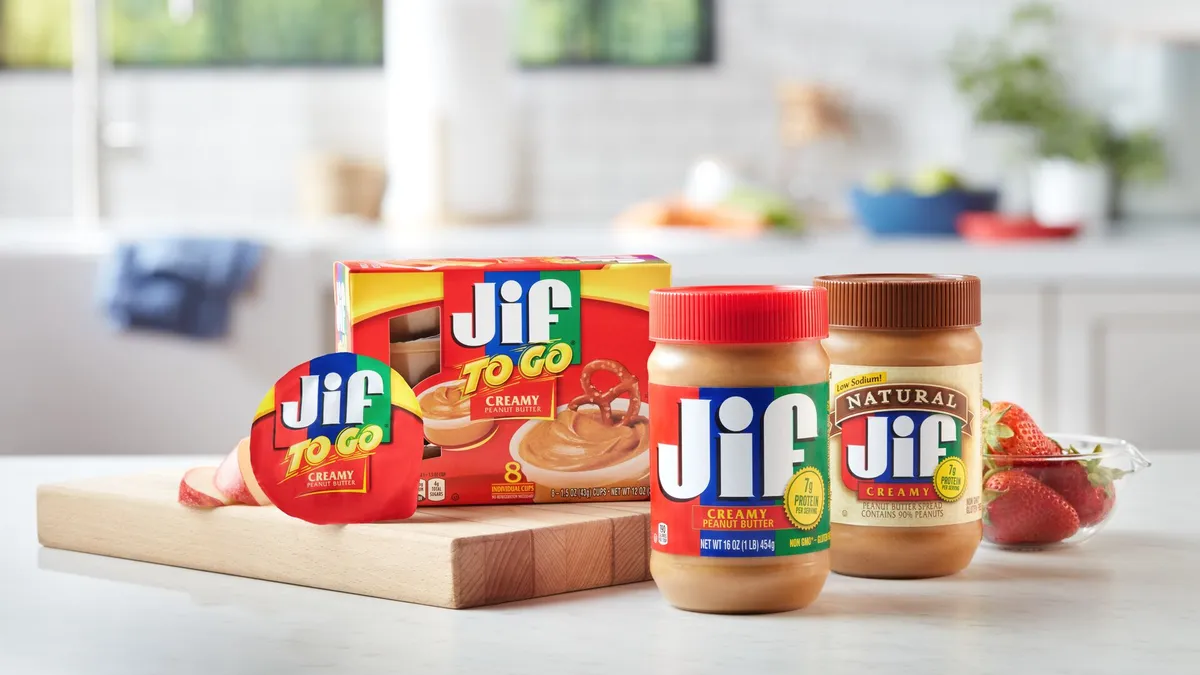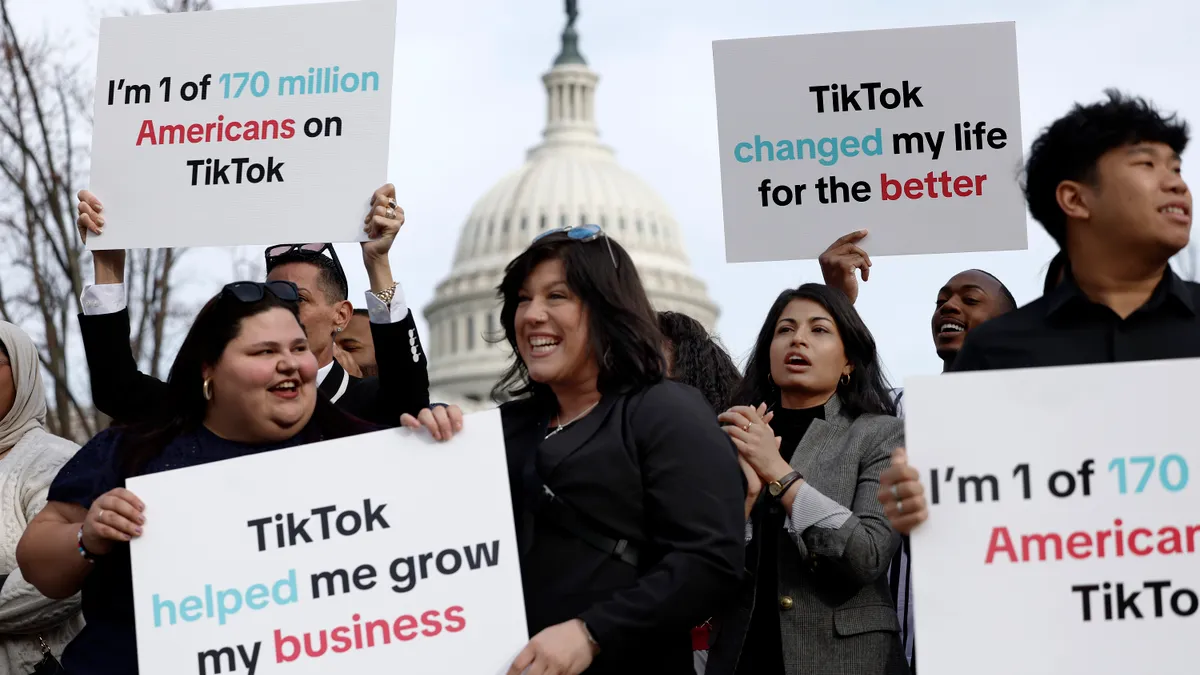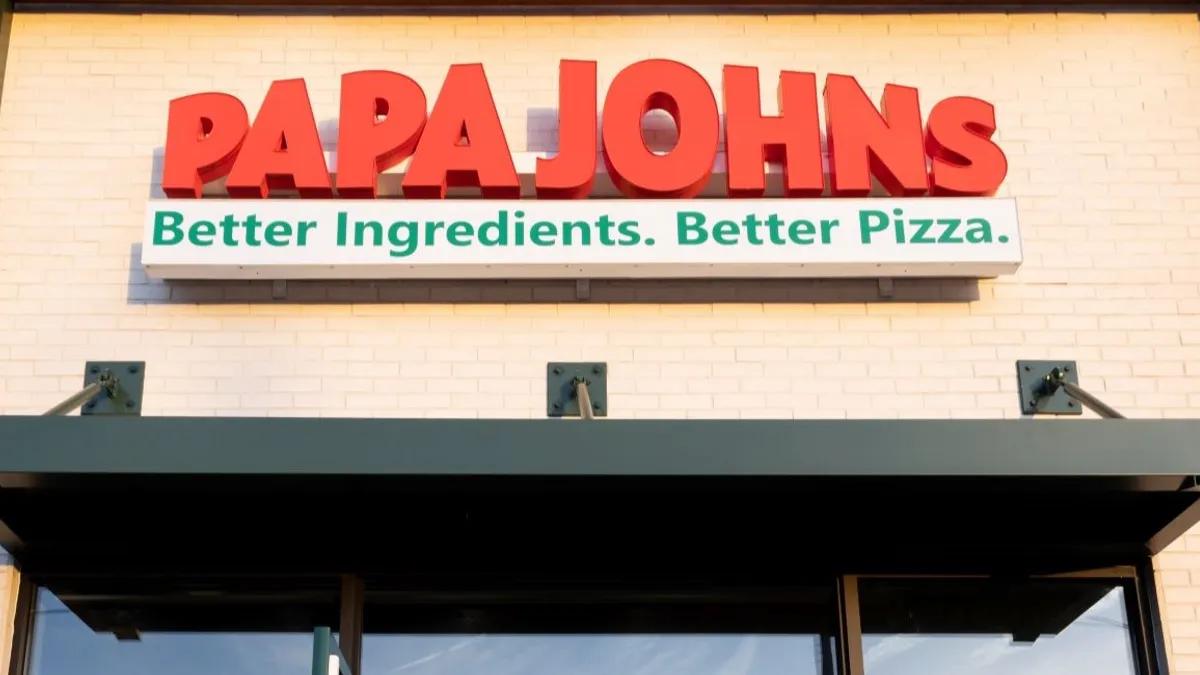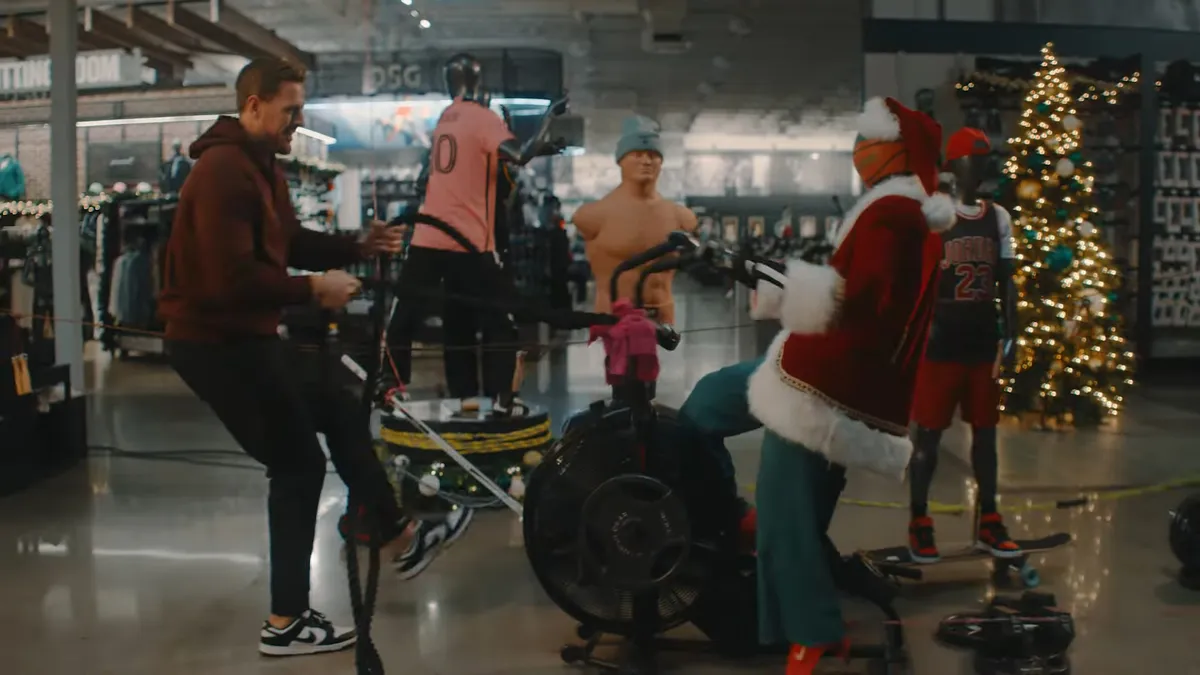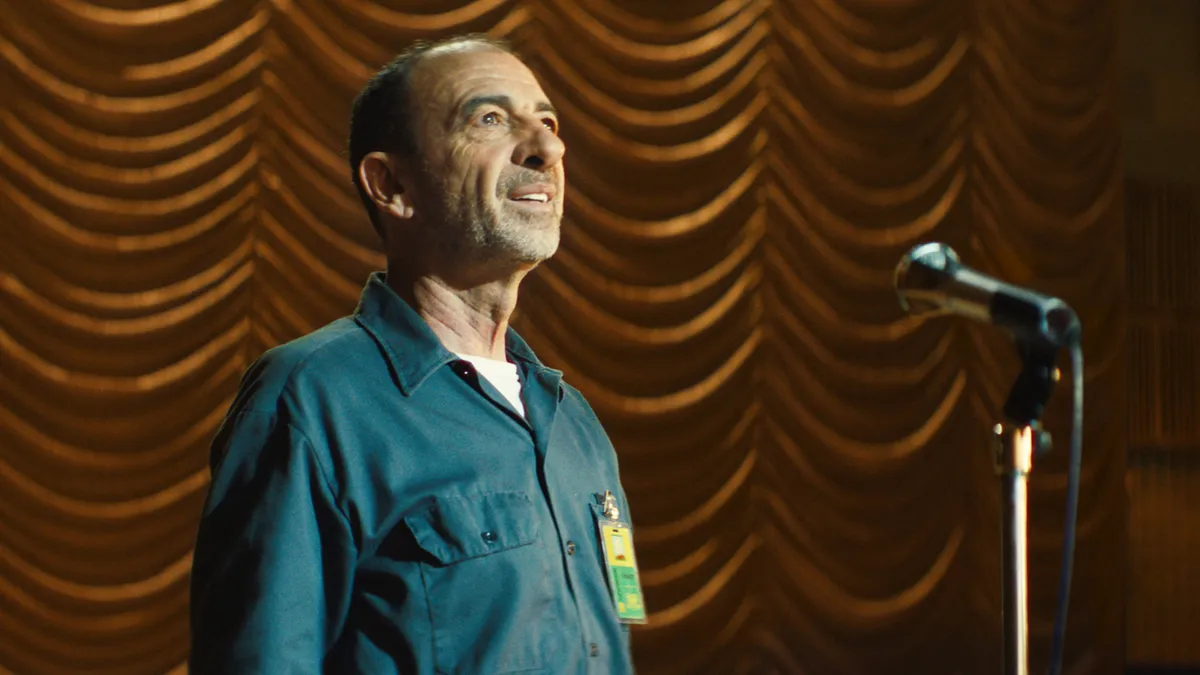The following is a guest post from Michelle Huff, CMO at UserTesting, a provider of on-demand insights. Opinions are the author's own.
Olay aired a blockbuster commercial during this year's Super Bowl, but there was hardly a jar of moisturizer to be seen. Instead, the 30-second spot touted the Procter & Gamble line's "Make Space for Women" Twitter campaign to raise money for Girls Who Code, an organization working to close the gender gap in technology.
The ad was one of many during the big game designed to evoke viewers' emotions rather than merely hawk a product. Whether tugging at consumers' heartstrings or appealing to their social consciousness, this year's commercials were often all about the feels.
There was Kia's 60-second spot that dedicated mere seconds to its vehicle while depicting Oakland Raiders' Josh Jacobs, who experienced homelessness as a child, having an inspirational talk with his younger self. And Microsoft's feature on Katie Sowers of the San Francisco 49ers, the first woman to coach in a Super Bowl. And Michelob Ultra's pitch for organic farming. And Budweiser's "Typical Americans" ad that celebrated acts of kindness and heroism by everyday people. And Walmart's "United Towns" spot. On and on.
To be sure, the Fox broadcast still had plenty of commercials with the big production values and comic turns that have long been typical of Super Bowl spots. My votes for funniest go to Mtn Dew's spoof of "The Shining" and Hyundai's "Smaht Pahk" ad that parodied Boston accents and went viral on social media in the week before the game.
But the number of spots with charged emotional content was remarkable. I'm sure I'm not the only one who choked up a bit during Google's commercial about an elderly widower's use of Google technology to remember his late wife, or who got goosebumps during New York Life's spot portraying various acts of love.
Consumers demand an authentic connection
The tone was a far cry from what is widely considered the most famous Super Bowl commercial ever, Apple's "1984" spot that was conspicuously about the company, not us, or the 2010 Snickers ad showing Betty White and Abe Vigoda getting tackled during a muddy pickup football game. In fact, even Snickers got semi-woke this year with a humorous but slightly pointed commercial that said, "The world is out of sorts. We need to fix it quick," and suggested a Snickers bar as the solution.
The visceral nature of so many Super Bowl LIV commercials wasn't an accident. As the digital age has given consumers vastly more choices and raised their expectations, they no longer stay loyal solely based on product quality and price. A new deciding factor has taken hold: whether customers feel the business is making an authentic connection and truly relating to and understanding them on a human level.
As a Forrester report put it, "Emotion has a bigger influence on customer loyalty than effectiveness or ease in nearly every industry." The researcher also found that experience-led businesses have 1.6 times higher brand awareness and 1.7 times better customer retention.
People's desire to believe that brands genuinely understand them extends beyond demanding qualities like convenience and personalization. Increasingly, they're considering what values the company stands for. According to an Accenture survey of nearly 30,000 people, 62% want companies to take a stand on issues such as sustainability, transparency and fair employment practices.
Thus, the companies that pay exorbitant fees for Super Bowl ads — $5.6 million per 30 seconds between the coin toss and the end of the Kansas City Chiefs' victory — are shifting their approach from blatant product pitches to trying to build a brand or company image whose parameters are extraordinarily broad.
They give ad agencies huge budgets to come up with concepts that will grab the attention of beer-buzzed, chili-stuffed viewers during the game (or before it, since a few dozen commercials were pre-released this year). More and more, that means going beyond the traditional scope of advertising and making a statement that feels more cosmically important than "look how great our product is."
That’s why, for example, we saw Verizon run a commercial about 5G technology that showcased what 5G won't do, such as replace the courage exhibited by first responders.
Super Bowl ads in the future
I should note that 2020 Super Bowl advertising also will be remembered for the emergence of another new trend: more companies deciding to skip buying TV time and market around the Super Bowl with other tactics such as in-person stunts or events and social media campaigns.
Despite the Super Bowl seeing its first year-to-year ratings increase in five years, many of those who tune in subsequently tune out by staring at their phones. Some companies have decided pricey in-game commercials are no longer worth the investment.
However, nearly 100 million viewers is still an enormous audience and, as we saw, most of the brands that shelled out the big bucks this year followed what's becoming a golden rule in 21st century marketing: You must tap into consumers' feelings and create an emotional connection. I suspect we'll see more of the same next year.




